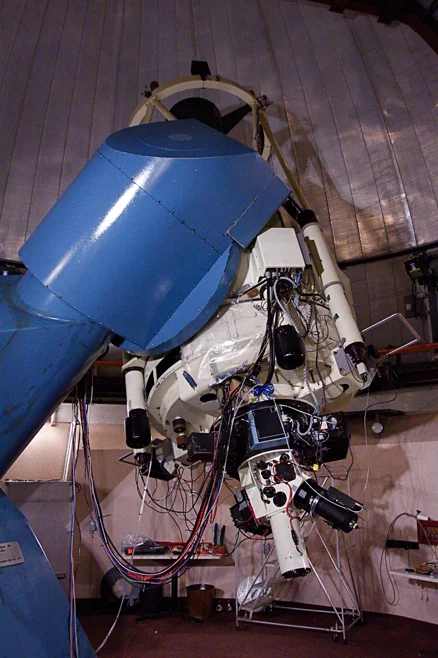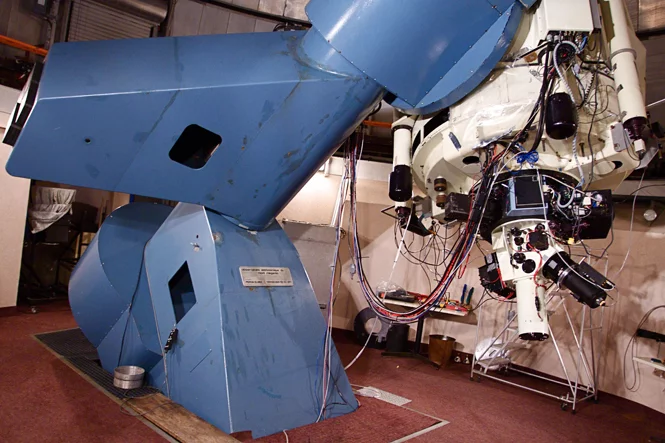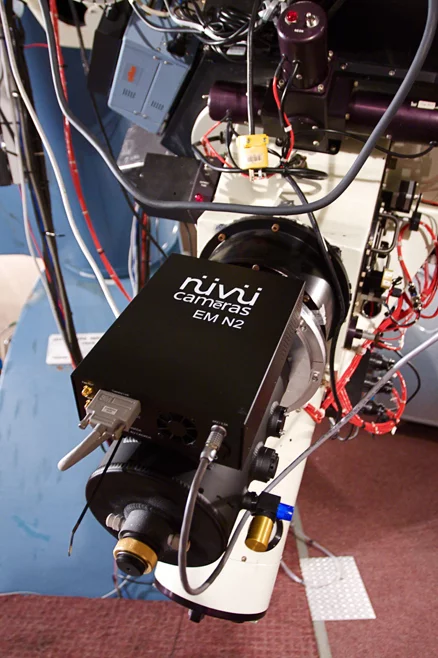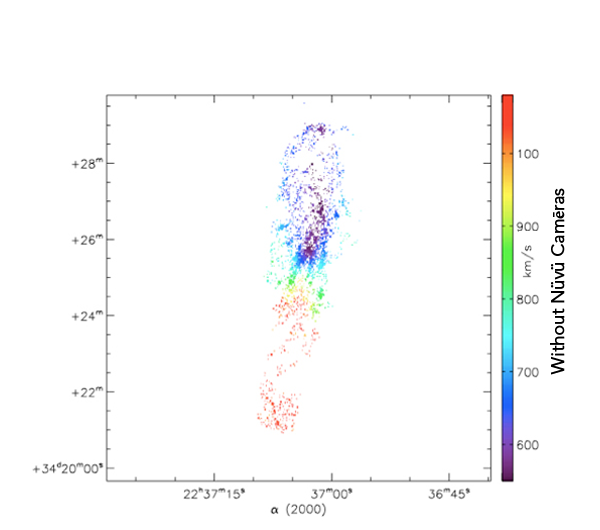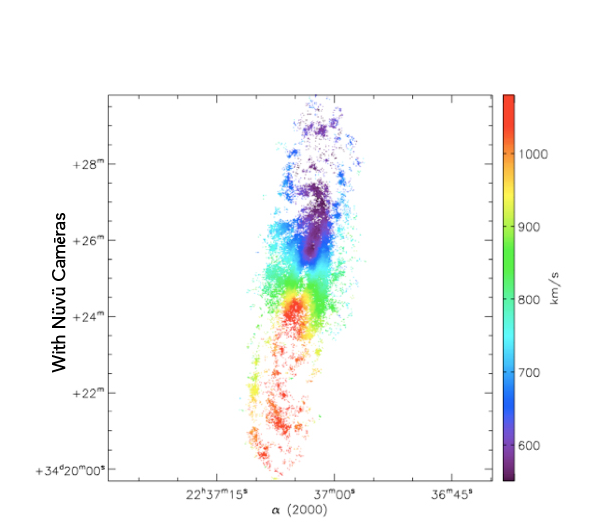Ocean and coastal monitoring
The surveillance of coastal phenomenon is essential for a number of government agencies: for example, it provides important information on fish populations, maritime transit routes, and even allows for the prediction of climate behaviors in the region. Such data, acquired through the surveillance of oceanic water columns, can reduce the risks of maritime navigation, explorations of the sea, and coastal settlements.
Signal mitigation and limitations associated with a spectral range
Costal surveillance requires imaging systems that operate in the visible and near-infrared wavelengths, but such devices have a limited quantum efficiency in this specter. Additionally, only 20% of the light emitted by the oceans can be detected due to the atmospheric diffusion as well as the light reflection on the surface of the water. Consequently, this signal is quite weak.
Meeting the requirements of coastal monitoring in space
Recent studies have obtained interesting results by using EMCCD detectors such as the HNü. With its remarkable sensitivity in visible and near infra-red wavelengths, as well as its performance in photon counting, Nüvü Camēras’ technology will improve the precision and the diversity of phenomenon data affecting coastal regions and the seabed.
Demonstration: Increase in the efficiency of telescopes
The article The Darkest EMCCD Ever demonstrates that low EMCCD noise levels attained thanks to the patented CCCP camera controller from Nüvü™ allows for the increase in telescope efficiency and the widening of their observation scopes.
Climate and environmental behavior
The observation of Earth from space brings a different, but fundamental, perspective towards the protection and durability of the environment. The imaging of the dark side of Earth during nighttime provides a more complete outlook on climate and environmental changes affecting human life.
Limited accuracy in the dark
Developed for imaging in low light, the EMCCD technology meets its limits in environments with near-total darkness. Indeed, in such cases, the readout noise is too large to collect accurate data. This problem is by-passed by the photon counting method, in addition to the clock induced charges, which then become the dominant source of noise.
The Darkest EMCCD ever conceived
The effects of clock induced charges on readout noise can be minimized, even eliminated, by regulating in the appropriate manner the clock induced charge of the camera controller. This is what Nüvü Camēras offers with its CCCP controller that reduces an EMCCD readout noise to less than one electron per pixel. This patented innovation allows for photon counting with the best quantum efficiency and an excellent charge transfer for accurate results even in conditions with near-total darkness.

